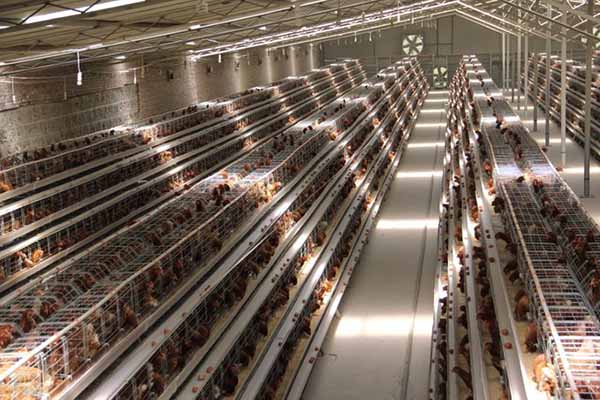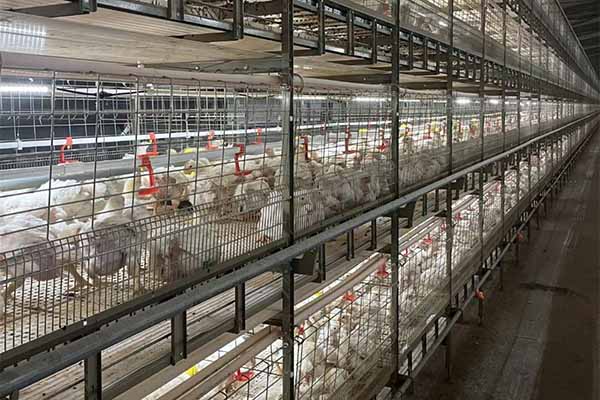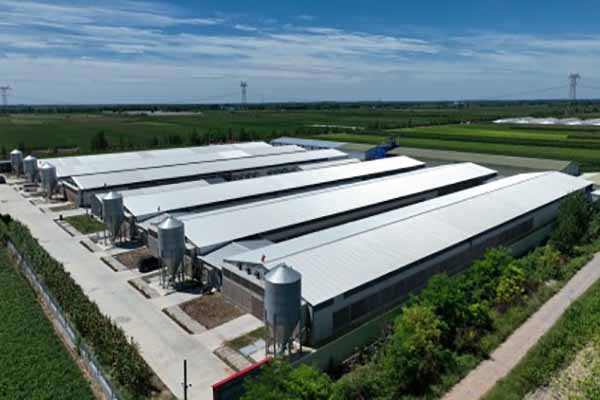Kenya Farmers Talk About Automated Equipment Experience
Time : 2025-07-02
Kenya, a country known for its rich agricultural heritage, has been witnessing a significant transformation in the farming sector. With the advent of modern technology, farmers are now adopting automated equipment to enhance their productivity and efficiency. In this article, we will delve into the experiences of Kenyan farmers who have embraced automated equipment and the benefits they have witnessed.
Introduction to Automated Equipment in Agriculture
Automated equipment refers to machinery and tools that are controlled by computers or electronic devices. These tools are designed to automate various agricultural processes, such as planting, harvesting, and irrigation. The integration of automated equipment in farming has brought about several advantages, including increased efficiency, reduced labor costs, and improved crop yields.

Types of Automated Equipment Used by Kenyan Farmers
Kenyan farmers have been utilizing a variety of automated equipment to streamline their agricultural operations. Some of the most common types of equipment include:
- Planting Machines: These machines help in the precise planting of seeds, ensuring optimal spacing and depth, which is crucial for crop growth.
- Harvesting Machines: Automated harvesting machines are used to collect crops, reducing the time and labor required for manual harvesting.
- Irrigation Systems: Advanced irrigation systems, such as drip irrigation, help in delivering water directly to the plant roots, minimizing water wastage.
- Tractors and Plows: Modern tractors equipped with GPS technology are used for tilling the soil and preparing it for planting.
- Threshers and Separators: These machines are used to separate the grain from the chaff, making the process more efficient.
Experiences of Kenyan Farmers with Automated Equipment
Kenyan farmers who have adopted automated equipment have shared their experiences, highlighting the benefits and challenges associated with this technology.

Increased Productivity
Farmers have reported a significant increase in productivity after incorporating automated equipment into their operations. For instance, planting machines ensure that seeds are planted at the right depth and spacing, leading to better crop yields. Harvesting machines have reduced the time required for manual harvesting, allowing farmers to focus on other aspects of their farming activities.
Reduced Labor Costs
One of the main advantages of automated equipment is the reduction in labor costs. Farmers no longer need to hire as many workers for planting, harvesting, and other agricultural tasks. This not only saves them money but also allows them to focus on other income-generating activities.
Improved Crop Quality
Automated equipment ensures that crops are handled with care, reducing the risk of damage during planting, harvesting, and transportation. This leads to improved crop quality, which is crucial for fetching better prices in the market.
Challenges and Limitations
While there are numerous benefits to using automated equipment, farmers have also faced several challenges and limitations:
- High Initial Costs: The cost of purchasing and maintaining automated equipment can be prohibitive for small-scale farmers.
- Technological Barriers: Some farmers lack the necessary skills and knowledge to operate and maintain automated equipment.
- Power Supply Issues: In rural areas, the availability of reliable power supply can be a challenge, limiting the use of equipment that requires electricity.
The Role of Professional Training and Support
Given the challenges and limitations associated with automated equipment, it is crucial for farmers to receive proper training and support. Professional training programs can help farmers understand the operation and maintenance of automated equipment, ensuring optimal performance and longevity. Additionally, access to technical support and repair services can help address any issues that may arise.
Government Initiatives and Support
The Kenyan government has recognized the importance of automated equipment in agriculture and has initiated several programs to promote its adoption. These programs include providing subsidies for the purchase of automated equipment, offering training opportunities, and establishing research and development centers to improve the technology.
Conclusion
Kenyan farmers have experienced significant benefits from adopting automated equipment in their agricultural operations. Increased productivity, reduced labor costs, and improved crop quality are some of the advantages they have witnessed. However, challenges such as high initi al costs and technological barriers need to be addressed for wider adoption of automated equipment in the country’s farming sector.
al costs and technological barriers need to be addressed for wider adoption of automated equipment in the country’s farming sector.











